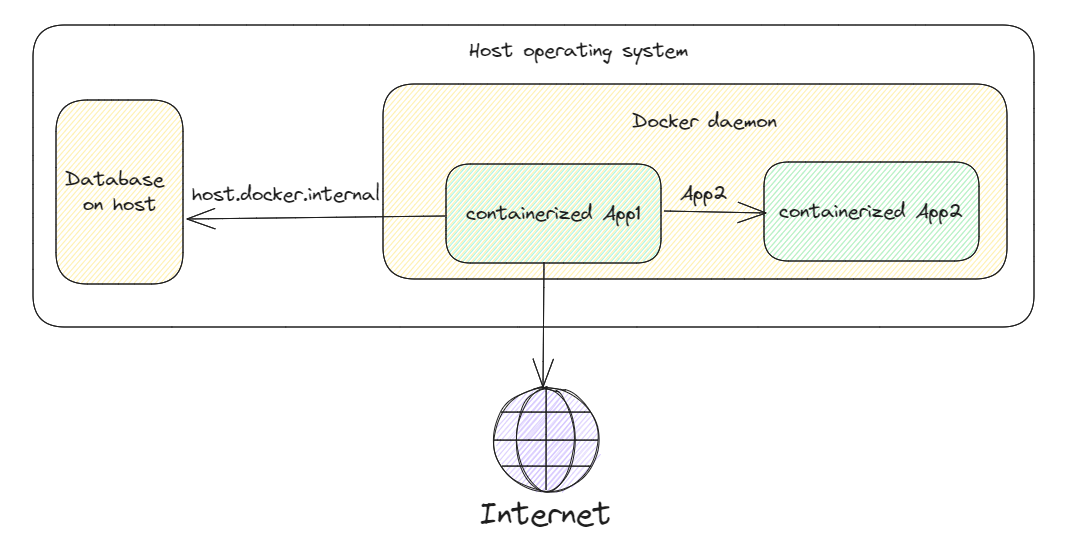WebSocket is a two-way, full-duplex protocol utilized in client-server communication contexts. As a stateful protocol, the connection between the client and server remains active until terminated by either party. Once the connection is closed by either the client or server, the connection ends on both sides.
Sample webSocket URI
A WebSocket URI has the following format:
ws://hostname:port/path?query
For secure WebSocket connections, the scheme would be wss:
wss://hostname:port/path?query
Here’s an example of a WebSocket URI:
[Read More]
